Naturhistorisk Museum Aarhus Ice Age Deck
2018 – (See Cards | Host Info | Download Danish cards/rules | Download English cards/rules)…
This deck is based on the exhibition “Back to the Ice Age” at the Natural History Museum in Aarhus, Denmark. During the Ice Age, Denmark was partially covered by glaciers and this deck represents a wide variety of the biodiversity that would have been found there.

American Lion
Panthera atrox

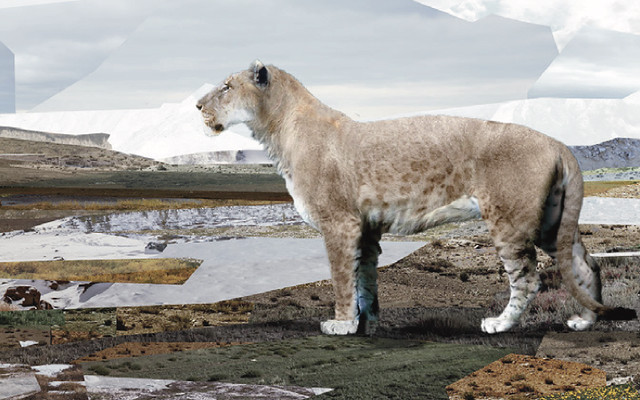
EXTINCT | 9 POINTS
PLAY: Move of 1. The card may be put next to all sizes of herbivores.
FACT: The American lion was much larger than the present African lion. It is related to the Cave lion.

Dire Wolf
Canis dirus

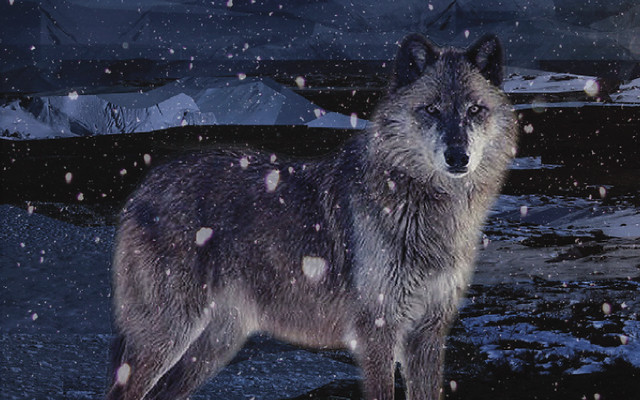
EXTINCT | 7 POINTS
PLAY: Move of 3. The card may be put next to all sizes of herbivores.
FACT: The dire wolf lived in North America og is more closely related to the coyote than to the grey wolf.

Yukon Wild Horse
Equus lambei

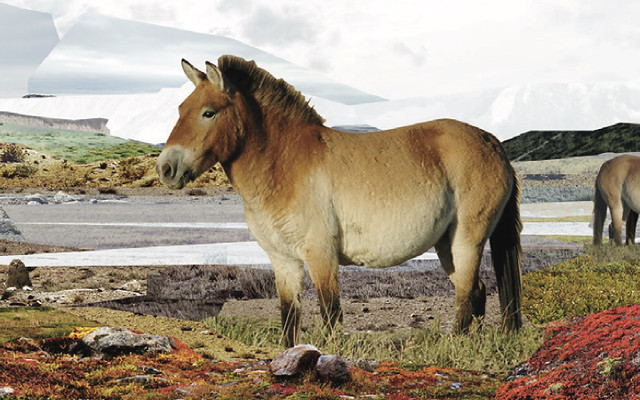
EXTINCT | 4 POINTS
PLAY: Move of 3
FACT: The Yukon wild horse was one of the most common animals on eastern part of the Mammoth Steppe. It was a tiny horse, the size of today’s ponies.

Cro-Magnon
Event Card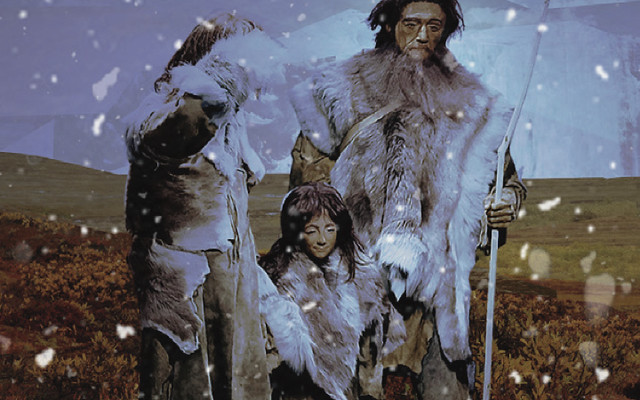
EFFECT: The card may be placed on top of all animal cards. Both cards are discarded right away.
FACT: The Cro-Magnon is a collective term for the early humans. They spread from Africa to the Middle East, Australia, Europe, Asia and America. They hunted on the Mammoth steppe.

Interglacial Periods
Event Card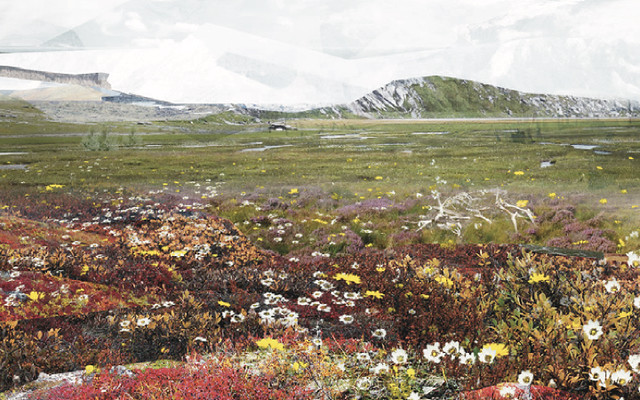
EFFECT: You may perform three extra actions when it is your turn. Remove the card from the table after use.
FACT: During the interglacial periods there were a warmer climate and a richer fauna.

I Don’t Think So!
Event Card
EFFECT: Play this card on your opponent’s turn when they use an event card against you. It stops the effect of their event card. Discard both event cards.